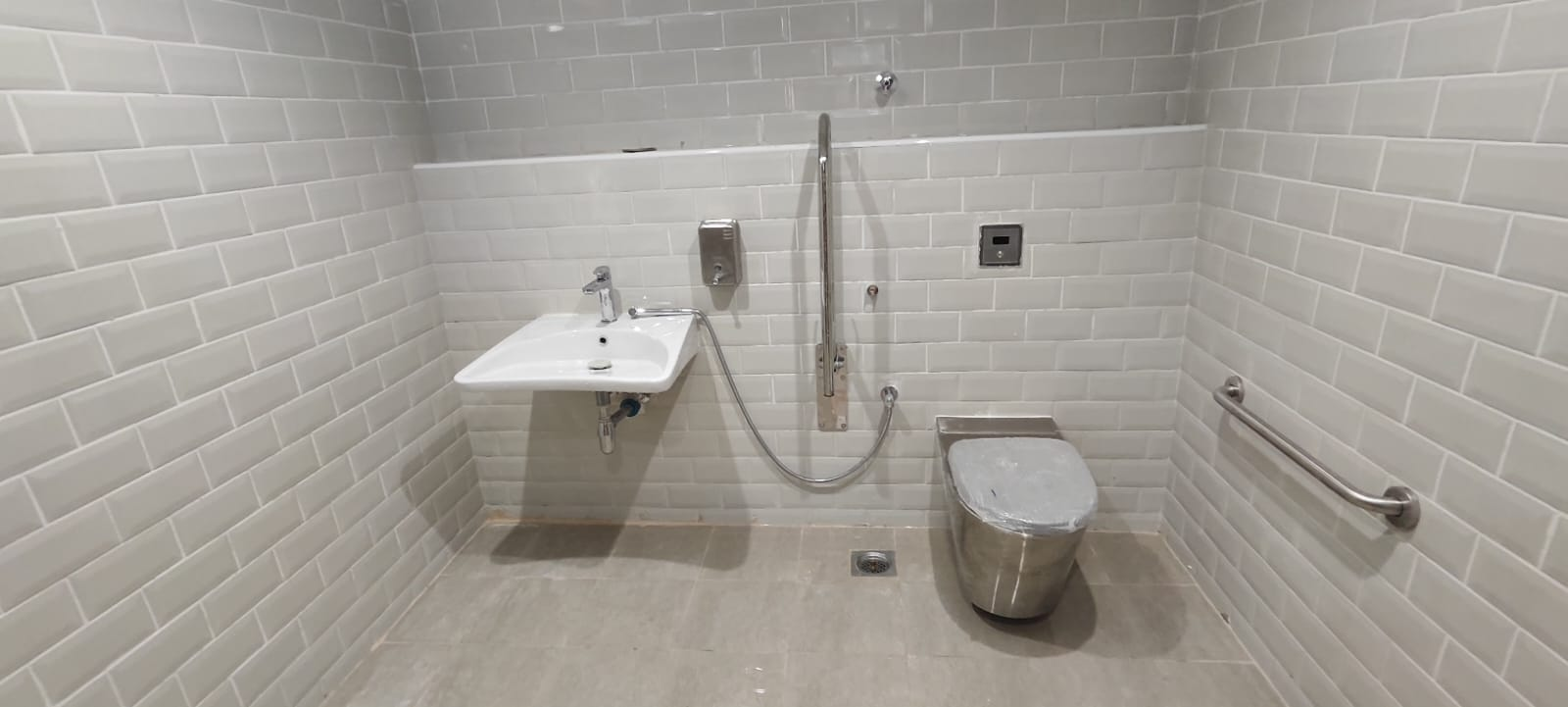In the realm of bathroom fixtures, stainless steel toilets are gaining traction for their blend of modern aesthetics and practicality. If you're pondering the choice between 304 and 316 stainless steel toilets, this guide will provide a comprehensive comparison to help you make an informed decision.

I. Understanding Stainless Steel Toilets
A. Popularity and Applications
Stainless steel toilets have become a popular choice in both commercial and residential settings. Unlike traditional porcelain toilets, they offer superior durability, corrosion resistance, and easy maintenance. Their sleek and modern aesthetic makes them suitable for public restrooms, commercial buildings, and contemporary residential bathrooms.
B. Key Features
Material Quality: Made from food-grade stainless steel like Grade 304 or 316. Grade 304 is suitable for most indoor applications, while Grade 316 offers enhanced corrosion resistance for environments exposed to moisture or harsh chemicals.
Durability and Strength: Highly resistant to wear and tear, rust, and stains. They can withstand heavy usage and maintain a polished appearance for years.
Hygiene and Maintenance: Non-porous surfaces prevent bacterial buildup, and stains and dirt can be easily wiped away.
Aesthetic Appeal: Available in various designs, including wall-mounted and floor-standing options, with a sleek and polished finish.
II. Comparison of 304 and 316 Stainless Steel
A. Composition
304 Stainless Steel: Primarily composed of 18% chromium and 8% nickel, offering excellent corrosion resistance in various environments.
316 Stainless Steel: Contains 18% chromium, 10% nickel, and 2-3% molybdenum. The molybdenum enhances its resistance to chlorides and harsh chemicals.
B. Corrosion Resistance
304 Stainless Steel: Excellent in mild environments but susceptible to pitting and crevice corrosion, especially with chlorides.
316 Stainless Steel: Superior corrosion resistance, making it ideal for harsh environments like marine settings or where contact with saltwater is common.
C. Heat Resistance
304 Stainless Steel: Performs well at high temperatures but may experience corrosion if continuously exposed to temperatures between 797-1580°F.
316 Stainless Steel: Maintains functionality at temperatures exceeding 1550°F and below 850°F, making it more stable across a broader temperature range.
D. Cost
304 Stainless Steel: More cost-effective, making it a practical choice for standard applications.
316 Stainless Steel: Approximately 40% more expensive than 304 due to its higher nickel content and the addition of molybdenum. The enhanced durability justifies the higher cost for specialized applications.
III. Choosing the Right Stainless Steel Toilet
Assessing Your Needs
Environment: Consider the environment where the toilet will be installed. If it's a high-moisture or harsh chemical environment, 316 stainless steel may be the better choice. For most indoor applications, 304 stainless steel is sufficient.
Budget: 304 stainless steel toilets are generally more affordable, while 316 stainless steel toilets have a higher price tag. Evaluate your budget and whether the additional cost of 316 is justified by the specific needs of your application.
The choice between 304 and 316 stainless steel toilets depends on your specific needs, budget, and environmental factors. 304 stainless steel toilets offer good corrosion resistance at a moderate price, making them suitable for everyday use in most indoor settings. On the other hand, 316 stainless steel toilets provide superior corrosion resistance, durability, and performance in harsh environments, despite their higher cost. By carefully evaluating these factors and following the guidance in this article, you can select the perfect stainless steel toilet that balances functionality, aesthetics, and longevity for your bathroom.
